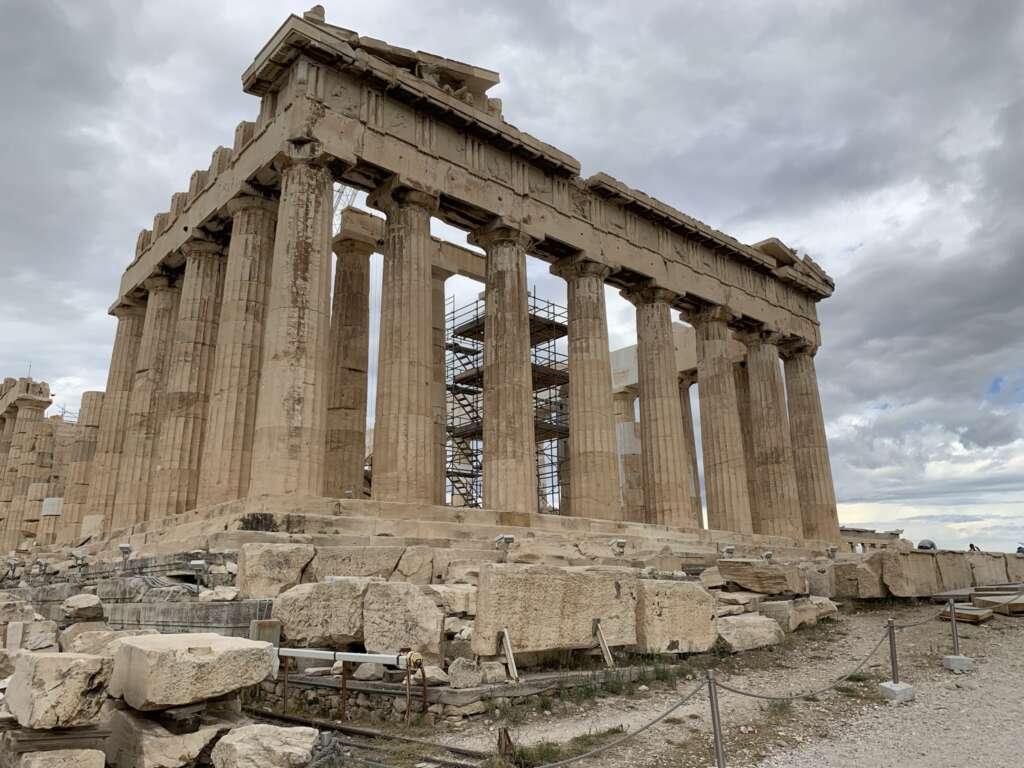I recently listened to a podcast about how ubiquitous the use of concrete is worldwide as a building material and how detrimental it is to the environment.
Concrete: the most destructive material on Earth
https://podcasts.apple.com/gb/podcast/the-audio-long-read/id587347784?i=1000570550735i
Spain seems to have had a love affair with concrete as you rarely see any form of brick built structures throughout Spain.
I’ve always thought how ugly most of these structures are that are made of concrete. I remember the new autobus station at Carbonia in Sardinia which I thought was such a horrible building completely featureless stark, drab and grey!
That brought back to my mind an incident that happened as small boy playing on the edge of building housing site. There was a large pond of greenish water edged with sand to maintain the liquid inside.
Typical small boy I was walking around the edge on the sand and I partially slide in and one leg went into the liquid wow my leg stung like mad. I raced off home and put copious amounts of water to neutralised the stinging.
What was the substance in the water to cause so much stinging? Was it lime for mortar for building brick built U.K. houses?
That got me thinking about limestone ubiquitous in the Mediterranean and cement in general. Knowing that the manufacturer of cement is one of the major contributors of Carbon Dioxide as by product of its production.
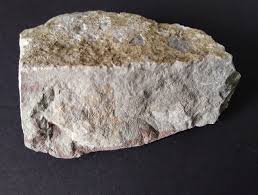
Limestone is a sedimentary rock, which means it was formed from small particles of rock or stone that have been compacted by pressure.
Sedimentary rock is important because it often contains fossils and gives clues about what type of rock was on the Earth long ago. Just like a tree’s rings tell a lot about its environment, layers found in sedimentary rock can tell about important changes in the environment.
Limestone is formed in two ways. It can be formed with the help of living organisms and by evaporation.
Ocean-dwelling organisms such as oysters, clams, mussels and coral use calcium carbonate (CaCO3) found in seawater to create their shells and bones.
As these organisms die, their shells and bones are broken down by waves and settle on the ocean floor where they are compacted over millions of years, creating limestone from the sediments and the pressure of the ocean water.
The second way limestone is formed is when water containing particles of calcium carbonate evaporate, leaving behind the sediment deposit. The water pressure compacts the sediment, creating limestone.
Because limestone is often formed from shells and bones, it is a light color like white, tan, or gray. The color of the limestone depends on the other sediments in the mixture besides the mineral calcite, which is white; impurities such as sand, clay, and organic material are also present in limestone and affect the color.
There are a few ways to recognize limestone. First of all, it is a soft stone and when it is scratched with a sharp object, it becomes a white powder. When limestone comes in contact with an acid like vinegar or hydrochloric acid (HCl), the stone will actually bubble and deteriorate and then neutralize the acid.
Limestone has quite a history. Long ago, limestone was used to build the pyramids in Egypt. And Romans would mix limestone with volcanic ash to form a type of concrete for building structures in Rome.
Limestone is important to making cement, but it is also found in other industries such as sugar refining, glass making, and leather tanning. Crushed limestone underneath roads and underneath railroad tracks.
When limestone is heated, it helps manufacture iron and steel as well as alumina and magnesia. Limestone helps clean drinking water and treat sewage. Farmers will often spread fertilizer that contains ground up limestone on their crops. The limestone in the mixture is a source of plant nutrients and neutralizes soil acidity.
A few years ago I’d sailed to Tarragona Spain and went to visit the many Roman ancient structures. The one structure I really found iconic was the remains of the aqueduct which is built in such a way as the water runs along due to slight incline nature of the aqueduct and can transport water over long distances.
The tiered arch structures was built using a local quarry of sandstone ashler blocks of varying sizes and had its own unique aesthetics beauty.
Considering it was built over 2000 years ago it was impressive ancient engineering at its very best my walk back from the aqueduct I had to walk under a modern concrete road bridge. I took good look at the structure it was stark and ugly with no aesthetics beauty purely functional. The automobile drivers wouldn’t give a bridge structure like that a second thought as they speed along the road.
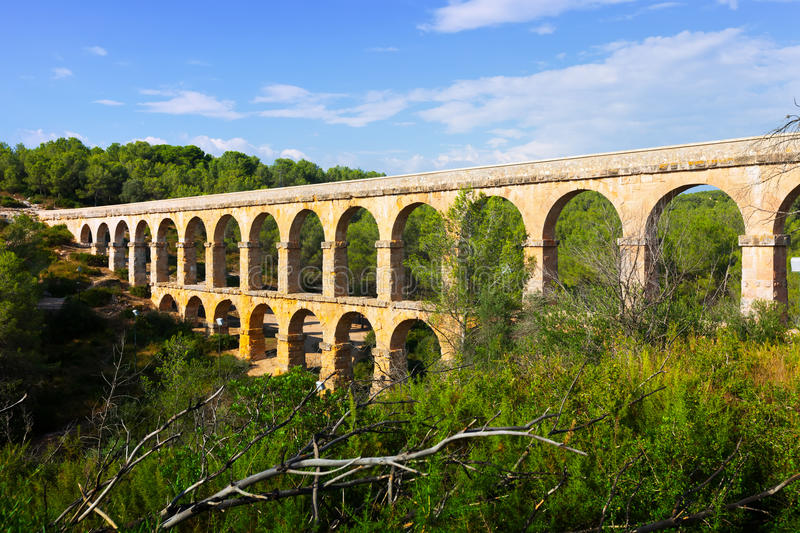
Another structure I visited was a Roman Amphitheatre and the Romans had used a cement made of volcanic ash. The concrete was made by by mixing volcanic ash with lime and seawater to make a mortar, and then incorporating into that mortar chunks of volcanic rock, the “aggregate” in the mix.
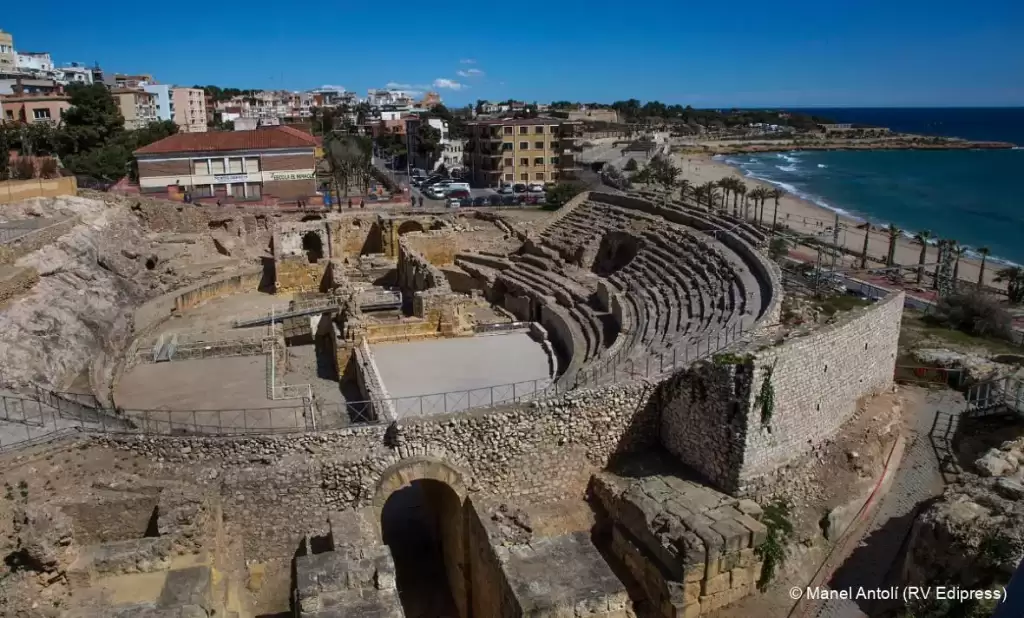
Roman cement they used a combination of ash, water, and quicklime in their cement which produces what is called a pozzolanic reaction, named after the city of Pozzuoli in the Bay of Naples.
The Romans may have gotten the idea for this mixture from naturally cemented volcanic ash deposits called tuff that are common in the area.
US Marine corp corporal ( Sapper)? explaining how to make Roman cement. Remember Roman legionaries weren’t just soldiers but engineers. They built wonderful straight roads throughout the U.K. and bridges and defensive fortresses.
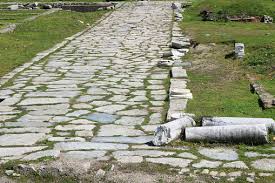
They were first professional soldiers and served 25 years for the Roman Empire. However that said an empire relies on the military might to enforce its rule. In fact military empires create reality! The reality is created by sheer willpower and it can bulldoze itself over lesser empires. As we are seeing with the Russian invasion of Ukraine!
On retiring they got land to settle and farm. A Roman soldier underpinned the Roman Empire he was lynchpin of that civilisation.

The Romans built many amazing structures during their time or civilisation but one of the most amazing unreinforced structures is the Pantheon Dome in Rome. Which is Roman temple later became a Christian church.
I thought how can an ancient civilisation build such a large structure as the Pantheon Dome?. Concrete is not a environmentally neutral construction material, so why is it so environmentally damaging to the planet?
Cement is produced in large, capital- intensive production plants generally located near limestone quarries or other raw carbonate mineral sources as these sources are the principal raw materials used in the cement production process.
Because the production plants are expensive, the number of plants in a country is generally limited (less than 100).
Carbon dioxide is emitted as a by-product of clinker production, an intermediate product in cement manufacture, in which calcium carbonate (CaCO3) is calcinated and converted to lime (CaO), the primary component of cement. CO2 is also emitted during cement production by fossil fuel combustion.
Carbon dioxide is released during the production of clinker, a component of cement, in which calcium carbonate (CaCO3) is heated in a rotary kiln to induce a series of complex chemical reactions.
Specifically, CO2 is released as a by-product during calcination, which occurs in the upper, cooler end of the kiln, or a precalciner, at temperatures of 600-900°C, and results in the conversion of carbonates to oxides. The simplified stoichiometric relationship is as follows:
CaCO3 + heat CaO + CO2
At higher temperatures in the lower end of the kiln, the lime (CaO) reacts with silica, aluminum and iron- containing materials to produce minerals in the clinker, an intermediate product of cement manufacture.
The clinker is then removed from the kiln to cool, ground to a fine powder, and mixed with a small fraction (about five percent) of gypsum to create the most common form of cement known as Portland cement.
Let’s look at concrete in more detail; the romans did make a form of concrete using volcanic ash which could be used for structures in water like Portland cement.
Concrete is a composite material composed of fine and coarse aggregate bonded together with a fluid cement (cement paste) that hardens (cures) over time. Concrete is the second-most-used substance in the world after water, and is the most widely used building material.Its usage worldwide, ton for ton, is twice that of steel, wood, plastics, and aluminum combined.
Globally, the ready-mix concrete industry, the largest segment of the concrete market, is projected to exceed $600 billion in revenue by 2025. This widespread use results in a number of environmental impacts.
Most notably, the production process for cement produces large volumes of greenhouse gas emissions, leading to net 8% of global emissions.
Other environmental concerns include widespread illegal sand mining, impacts on the surrounding environment such as increased surface runoff or urban heat island effect, and potential public health implications from toxic ingredients.
Significant research and development is being done to try to reduce the emissions or make concrete a source of carbon sequestration, and increase recycled and secondary raw materials content into the mix to achieve a circular economy.
Concrete is expected to be a key material for structures resilient to climate disasters as well as a solution to mitigate the pollution of other industries, capturing wastes such as coal fly ash or bauxite tailings and residue.
When aggregate is mixed with dry Portland cement and water, the mixture forms a fluid slurry that is easily poured and molded into shape. The cement reacts with the water through a process called concrete hydration that hardens over several hours to form a hard matrix that binds the materials together into a durable stone-like material that has many uses.
This time allows concrete to not only be cast in forms but also to have a variety of tooled processes preformed. The hydration process is exothermic, which means ambient temperature plays a significant role in how long it takes concrete to set.
Often, additives (such as pozzolans or superplasticizers) are included in the mixture to improve the physical properties of the wet mix, delay or accelerate the curing time, or otherwise change the finished material.
Most concrete is poured with reinforcing materials (such as rebar) embedded to provide tensile strength, yielding reinforced concrete.
In the past, lime based cement binders, such as lime putty, were often used but sometimes with other hydraulic cements, (water resistant) such as a calcium aluminate cement or with Portland cement to form Portland cement concrete (named for its visual resemblance to Portland stone).
Many other non-cementitious types of concrete exist with other methods of binding aggregate together, including asphalt concrete with a bitumen binder, which is frequently used for road surfaces, and polymer concretes that use polymers as a binder.
Concrete is distinct from mortar. Whereas concrete is itself a building material, mortar is a bonding agent that typically holds bricks, tiles together. .
Perhaps the greatest step forward in the modern use of concrete was Smeaton’s Tower, built by British engineer John Smeaton in Devon, England, between 1756 and 1759. This third Eddystone Lighthousepioneered the use of hydraulic lime in concrete, using pebbles and powdered brick as aggregate.
A method for producing Portland cement was developed in England and patented by Joseph Aspdin in 1824. Aspdin chose the name for its similarity to Portland stone, which was quarried on the Isle of Portland in Dorset, England. His son William continued developments into the 1840s, earning him recognition for the development of “modern” Portland cement.
Reinforced concrete was invented in 1849 by Joseph Monier.[36] and the first reinforced concrete house was built by François Coignet in 1853. The first concrete reinforced bridge was designed and built by Joseph Monier in 1875. 🔂
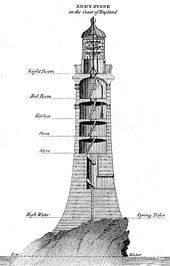
What are we doing about this threat to humanity absolutely zilch!
